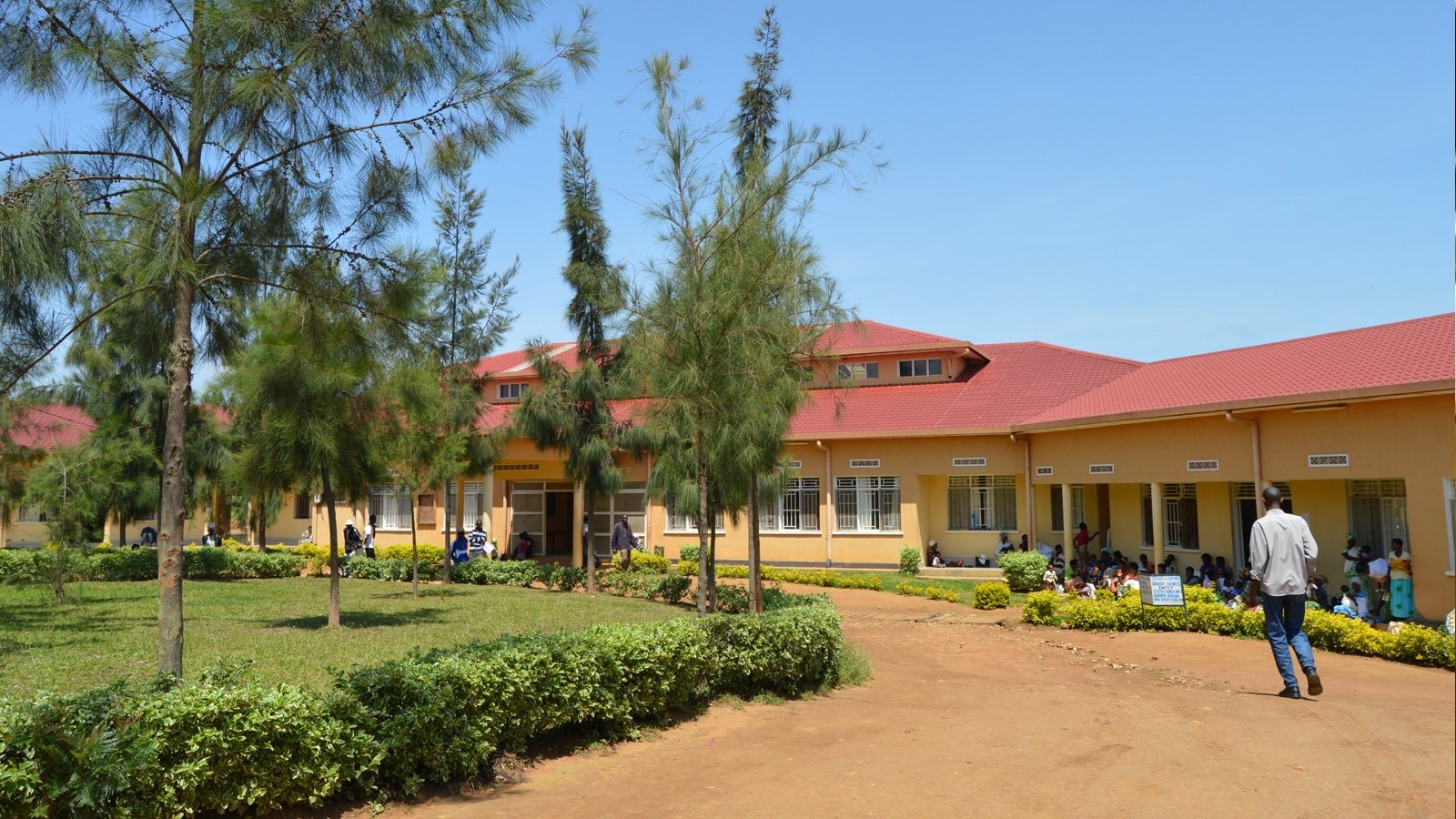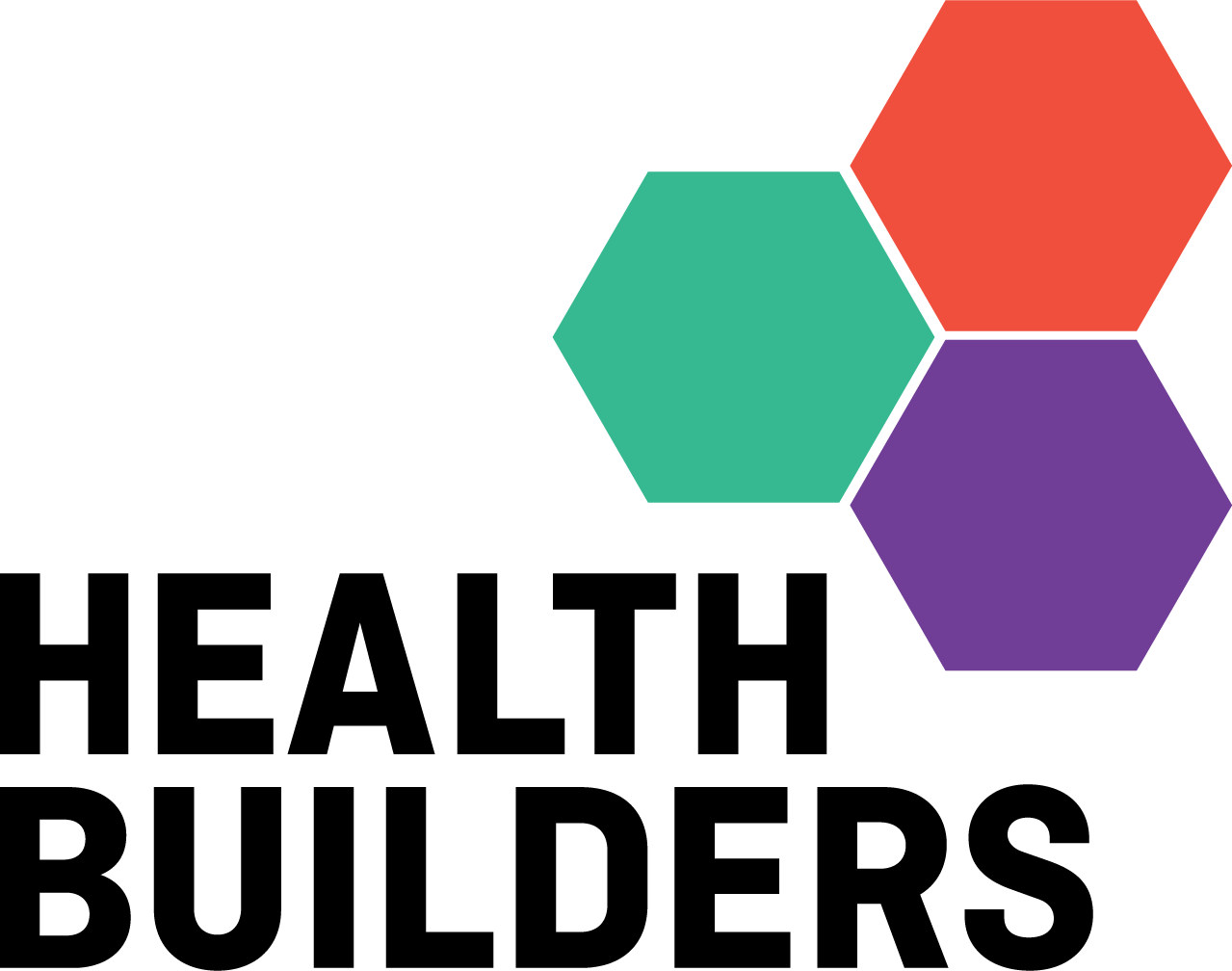
Stories from Health Builders
Click to jump to inspiring stories about:
EMR Rollout: Health Centers Progress in Rwamagana District
We are pleased to report significant progress in the implementation of the EMR system (also known as eBuzima) across health centers in Rwamagana District.
Using data to improve health care at Rambura Health Center
Rambura Health Center has addressed operational challenges and enhanced patient care through its new data-driven decision-making process.
Arusha Health Center Success Story
Appointing a new manager leads to an incredible six-month transformation in Nyabihu.
Building Stronger Health Centers: Rulindo District Action Plan Workshop
Health Builders hosted a workshop in Rulindo District to help health center staff improve their planning and budgeting skills and to create a joint action plan to monitor activities.
2024 Wrap-up: A Year of Growth and Success
As the year comes to a close, Health Builders is looking back on all we have accomplished together. None of this would be possible without support of our donors and partner organizations.
Transforming Health Care in Nyabihu: Launch of the Community Electronic Medical Records (cEMR) System
Earlier this fall, Health Builders launched a five-day training for 50 health care staff from Nyabihu health facilities on the new Electronic Medical Records (EMR) system.
2024 Annual Report Released
Our 2024 Annual Report, recaps a successful year of increasing access to high-quality health care in Rwanda. This report describes the life-saving work done during the 2023-2024 fiscal year
Midwife’s Success Story: Life-Saving Pregnancy Referral
The donated ultrasound machine at Mwulire Health Center has made an incredible difference for patients. Jeanna, a midwife at that facility shared her experience.
7 Benefits of Ultrasounds in Rural Rwanda: The Case of Ruhunda Health Center
Seven benefits of ultrasounds that demonstrate the transformative impact of ultrasounds for our clients, facility, and rural communities.
Success Story: NCD Prevention & Care
Exciting achievements and an incredible life-saving story from partnerships that increase awareness and treatment of Non-Communicable Diseases in rural Rwanda.
Action Plan Workshop in Rulindo District
In June 2024, Health Builders supported a action plan workshop hosted in Rulindo District to help health centers improve management, achieve financial stability, and secure financing.
Maternal and Child Health Week in Rwanda
Health Builder supported Maternal and Child Health week in Rwanda June 3-7 2024.
Champion Humanity Group Visits Rugerero Health Center
This visit to Rugerero Health Center was a testament to the power of community engagement, collaboration, and dedicated leadership.
Partner of the Year in Rwamagana District
Health Builders has been awarded Partner of the Year in Rwamagana District!
'My Health, My Right’ Walkathon Event
On May 5, 2024, Health Builders fellows hosted a successful Walkathon as a part of their Global Health Corps cohort project.
Taking Steps Towards Going Paperless in Primary Health Care
Health Builders is pioneering the use of digital tools to improve quality of care.
Performance Assessment Highlights
In October 2023, Health Builders shared findings from annual health center performance assessments, including exciting improvements in resource management, quality of care, and patient and staff satisfaction.
Educational Partnerships
Our long-standing partnerships with the Medical College of Wisconsin and Global Health Corps are shaping the future of health care in rural Rwanda.
Partnerships Ensuring Sustainability
Health Builders is reaching more people than ever thanks to the generosity and collaboration of our supporters and partners.
Launching the New Mwulire Health Center
On May 29, 2023, Health Builders officially launched a new health center in Mwulire, the only sector in the three districts supported by Health Builders that didn’t have a health center.




















